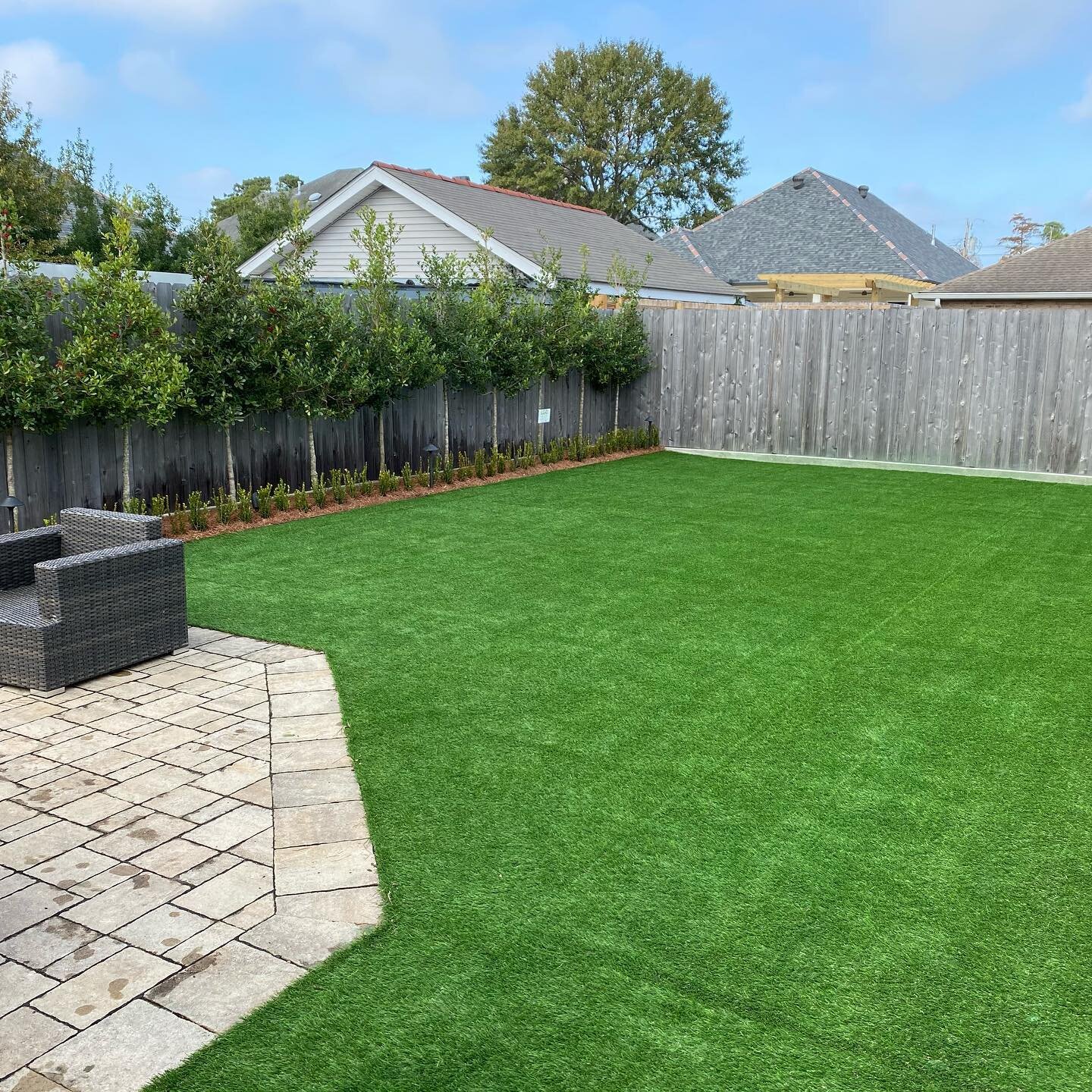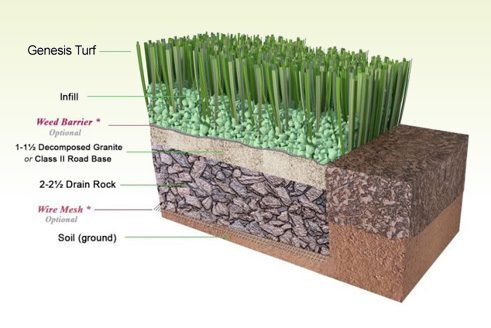Tailored Turf Installation Phoenix AZ for Residences, Companies, and Play Areas
Explore the Environmental Perks of Opting for Artificial Lawn Solutions
The fostering of man-made lawn solutions provides an engaging chance to deal with pressing environmental challenges. By significantly decreasing water use and minimizing the application of harmful chemicals, these choices not only promote sustainable landscaping but likewise secure local environments.
Water Conservation Advantages
One of the most considerable benefits of man-made turf is its ability to conserve water. In comparison, artificial lawn does not need watering, substantially minimizing the general demand for water sources.
By getting rid of the need for regular watering, artificial turf adds to sustainable landscape methods and assists mitigate the ecological influence of excessive water intake. Moreover, the conservation of water reaches the decrease of overflow, which can cause dirt disintegration and river contamination.
Furthermore, the installation of synthetic grass enables districts and property owners to assign water resources much more successfully, focusing on crucial uses such as drinking water and farming. The change in the direction of man-made grass not only advertises accountable water use however additionally lines up with broader ecological objectives focused on protecting natural deposits.
As areas significantly focus on sustainability, the water conservation advantages of man-made turf present an engaging case for its fostering in residential and commercial landscape design projects.
Reduced Chemical Usage
The transition to man-made grass substantially decreases the reliance on chemical treatments typically used in all-natural lawn upkeep. Typical turf administration generally includes the application of fertilizers, herbicides, and chemicals to advertise development and control insects. These chemicals can position dangers to human wellness, neighborhood wild animals, and the setting, adding to soil and water contamination.
On the other hand, man-made lawn removes the requirement for these unsafe compounds. As soon as installed, it needs marginal maintenance, mostly consisting of normal cleansing and occasional infill replenishment. This decrease in chemical usage not just profits the prompt environment but likewise adds to wider ecological stability. By decreasing the launch of synthetic substances right into the community, fabricated turf advertises healthier soil and water supply.
Furthermore, the lack of chemical runoff associated with synthetic grass installments assists secure neighborhood rivers from air pollution, sustaining water life and preserving biodiversity. Arizona artificial turf. As neighborhoods progressively prioritize lasting methods, deciding for synthetic grass presents a sensible option that straightens with ecological conservation goals. Via this change, homeowner can delight in rich eco-friendly rooms without compromising environmental wellness, leading the way for an extra lasting future
Lower Carbon Impact

In addition, the installation of synthetic grass can lead to substantial water preservation. All-natural grass need considerable amounts of water for irrigation, which not only contributes to the carbon impact connected with water extraction and treatment however likewise stress neighborhood water resources. On the other hand, fabricated turf requires very little maintenance, needing no watering, consequently dramatically minimizing water use and its connected energy expenses.
Additionally, the durability of fabricated turf adds to its decreased carbon effect. With a life-span of approximately 15 years or more, the demand for regular replacements is lessened, causing less waste and lower energy consumption in production and disposing of typical grass choices. Overall, synthetic grass offers a lasting alternative for ecologically aware landscaping.
Environment Conservation
Habitat conservation is an essential consideration in the argument over landscape design options, specifically when contrasting synthetic turf to all-natural lawn. Natural lawn yards typically require extensive upkeep, including using plant check this site out foods, herbicides, and chemicals, which can adversely affect regional ecological communities. These chemicals can leach right into the dirt and rivers, hurting indigenous plants and fauna and interfering with neighborhood environments.
Synthetic lawn removes the need for hazardous chemicals, thus protecting close-by wild animals and keeping the honesty of surrounding ecosystems. The installment of fabricated lawn can lead to the conversion of former yard locations right into more biodiverse landscapes, such as pollinator gardens or indigenous plant locations, which can support local wild animals.
Eventually, the change to synthetic grass not just conserves water and minimizes maintenance initiatives however additionally cultivates a much more harmonious connection in between human tasks and the natural surroundings, advertising habitat conservation at the same time.
Long-Term Sustainability
Long-lasting sustainability is a vital factor in reviewing the advantages of artificial lawn over typical turf lawns. One of the most substantial advantages of artificial lawn is its sturdiness; it can last up to 15-20 years with minimal upkeep, whereas all-natural grass calls for constant reseeding and replacement. This long life reduces the demand for consistent sources, such as water, fertilizers, and pesticides, which are important for keeping a healthy and balanced turf yard.
Additionally, man-made grass adds to a decrease in carbon emissions related to yard treatment devices. Traditional grass commonly need gas-powered mowers, leaners, and blowers, all of which add to air contamination. Phoenix turf companies. In comparison, synthetic grass removes the requirement for such equipment, advertising a cleaner atmosphere
Moreover, the manufacturing of fabricated turf progressively uses recycled materials, enhancing its sustainability account. As producers adopt eco-friendly techniques, the ecological impact of synthetic grass continues to decrease.

Conclusion
The fostering of synthetic grass options offers substantial ecological benefits, consisting of considerable water conservation, decreased dependence on harmful chemicals, and a reduced carbon impact. Additionally, synthetic grass help in protecting natural environments by decreasing land disturbance and advertising long-term sustainability via using durable materials. Jointly, these variables highlight the potential of synthetic grass to contribute positively to environmental wellness and supply a sensible option to traditional landscape design methods in a progressively resource-conscious world.
In contrast, man-made turf does not require watering, dramatically minimizing the general demand for water sources. By reducing the launch of synthetic compounds into the community, address man-made grass advertises healthier dirt and water systems.
Additionally, the setup of man-made lawn can result in considerable water conservation. In comparison, fabricated turf needs very useful link little upkeep, needing no watering, therefore considerably reducing water usage and its connected power costs.
